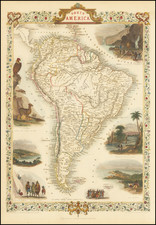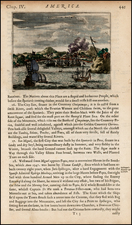Fine pair of maps reporting the discoveries of Captain Joachim Darquistade (1688-1724) on the south side of Tierra del Fuego in March-April 1715, in the region of Nassau Bay.
Captain Darquistade's maps identify his route past the Straits of Magellan, heading south, with the intention of rounding Tierra del Fuego and then turning north toward the Chilean Coastline and his discovery the St. Francois Bay on the South Coast of Tierra del Fuego. The map of the Bay of St. Francoi is drawn from the crew's reconnaisance of the bay and drawn direction from an original manuscript of the bay, prepared by Captain Darquistade.
Darquistade was from Nante and was, at the time, plying the waters of the South Sea for the French East India Company. As noted in the annotations to the route map, on this voyage, he reached the coast of Brazil on February 1, 1715. On the Feburary 10, he visited Parita Bay, before proceeding south to the Rio de la Plata, to avoid heavy weather. On March 18, 1715, he reached the Straits of Le Maire and then on to the Pacific. He planned to round the Horn on his way to Chile, but was stranded south of Tierra del Fuego from March 19 to April 4, 1715, due to heavy weather and unpassable conditions.
The annotations in the map of the bay reflect the notes on the discovery and exploration of St. Francoise Bay in Tierra del Fuego, and shows the route taken by Captain Darquistade and his crew to explore and better understand the bay. The annotations also include a discussion of the indigenous people encountered by Darquistade and his crew.
On April 4, 1715, Darquistade encountered unknown lands, which was named L'Hermite Island, as well as the island of Diego Ramirez, before taking refuge in St. Francois Bay, which was named for Darquistade's ship. The first point of anchorage was named St. Joachim. Darquistad's crew made a survey of the Bay, encountering indigenous people with "blacks hands" from ashes, on April 6, 1715. On April 8, 1715, the crew found 2 small huts with baking ovens, which contained wood, water and shark skins. On April 10, Darqustade ordered his crew to place a cross with the name of the ship and its men. On April 13, the crew discovered that there was no outlet in St. Francois Bay to the north and that it was in fact a true bay, with no passage to the Straits of Magellan. On April 17, Darquistade decided to turn back and leave the bay. On April 18, the crew spotted smoke and located 17 indigenous inhabitants with heavily painted bodies. These people gave the crew bows and arrows as presents. By April 19, 1715, the voyage left St. Francoise Bay and continued on toward Chile.
At the time the map was purchased, a pencil annotation indicated the maker as Philippe Buache but we have no independent knowledge that corroborates Buache as the map's maker. The original manuscript map of St. Francois Bay is held by the Library of Congress, although with very different place names: www.loc.gov/item/90682651/
It would appear that the annotations on this map may be the most extensive surviving contemporary printed description of Darquistade's voyage, as we have found virtually nothing on the topic. A copy of the Darquistade's plan of St. Francois Bay is included in Jorge Juan y Antonio Ulloa's map of Patagonia (1744). The maps are extemely rare and may in fact have been intended to be issued separately. An untitled map of the Bay dated 1715, is also apparently a part of the collection of the National Library of Spain.
The general map of Tierra del Fuego (Description...) is mentioned in Mapoteca Chilena (Jose Medina, 1889) and OCLC locates a copy in the Natural HIstory of Museum of France. The plan of St. Francois Bay is referenced in Mapoteca Chileana only.









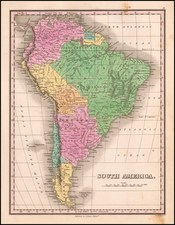
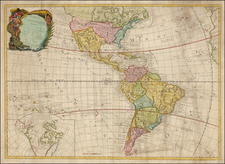
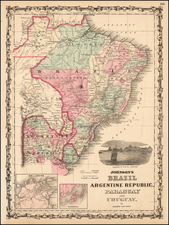
![[The Rarest State] Americae Sive Novi Orbis Nova Descriptio](https://storage.googleapis.com/raremaps/img/small/80521.jpg)
